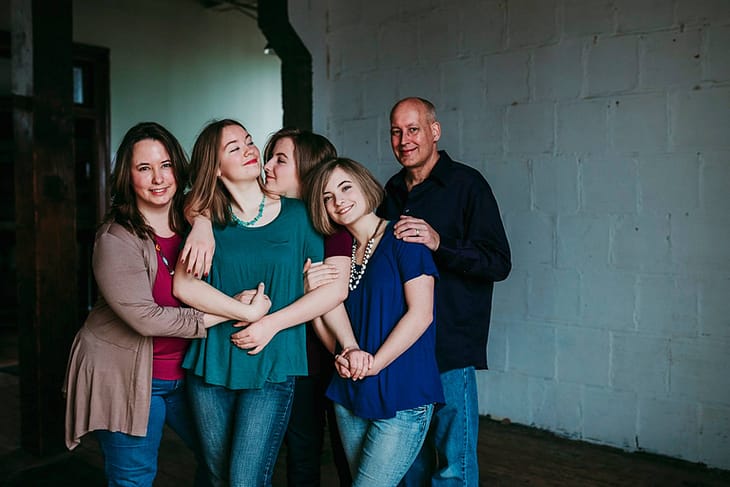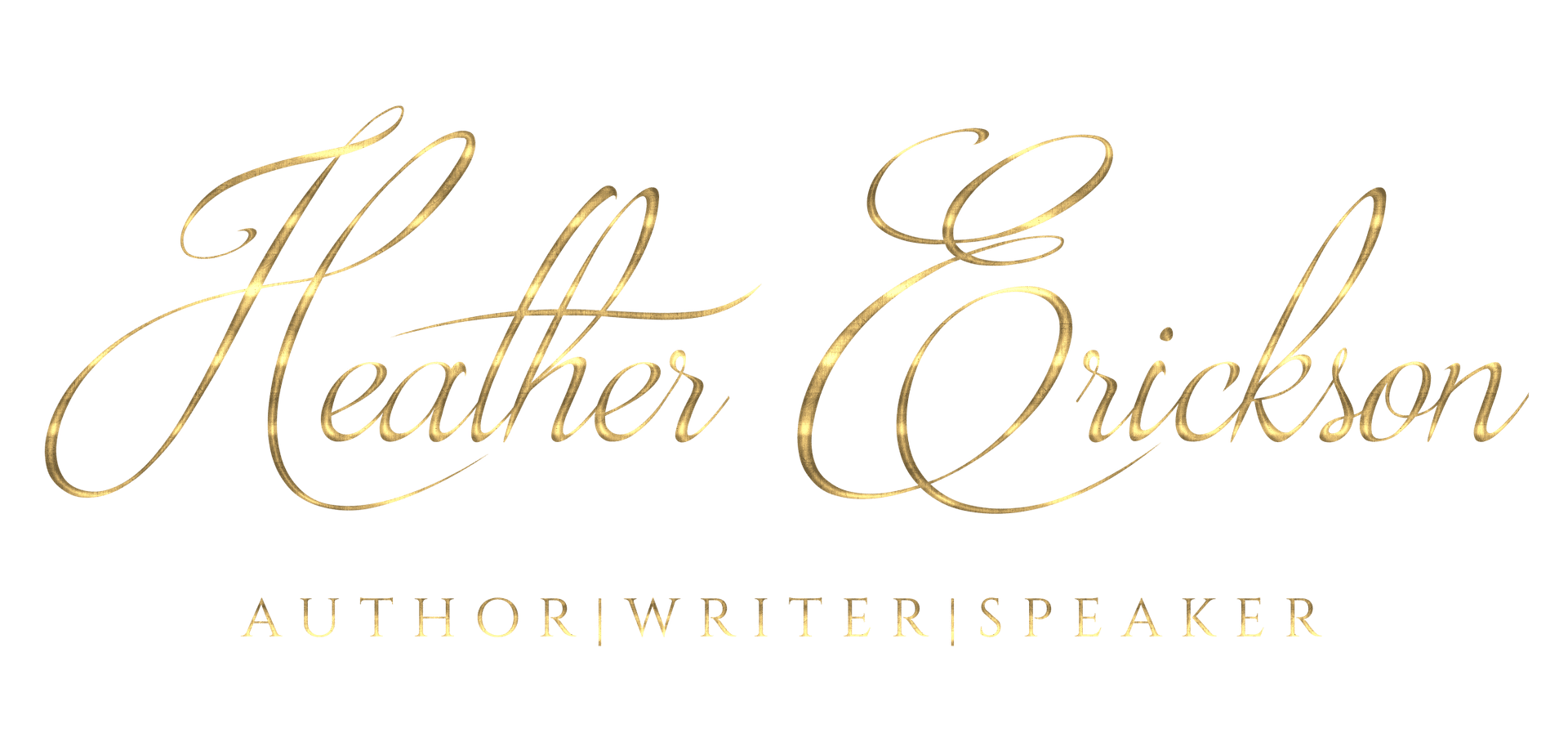
I am big on using an outline in my writing process. Since (for now) I would like to avoid the whole pantsers vs. plotters debate, I will focus this post on outlining your non-fiction book. There are several reasons I recommend outlining your non-fiction book …
Outlining your non-fiction book will help you come up with ideas
Think of it as a method of brainstorming. You are getting all the ideas that have been swirling around in your head, out and onto paper. Some of these ideas will work and will be worth exploring deeper. Others will seem disconnected from the group. Maybe you can use them for another project, but they really don’t belong in this particular book. You can identify these easily because they don’t fit anywhere on your outline.
During this process, you can see what decisions you need to make
For example, in Facing Cancer as a Parent, I included a section called Ages and Stages. In it I cover how children from 0 to 26 years old react to, and cope with, a parent’s cancer. That’s a big span of ages! So, I broke them down into brackets: Infants, Toddlers and Preschoolers, School Age, Preteens and Teens, and Young Adults.
Outlining your non-fiction book will help you organize your thoughts.
As you plan your book, you will see patterns emerge from your outline. By identifying these patterns and developing them, your book will go from a bunch of disconnected thoughts with a common theme to organized ideas that naturally flow from one to the next. Outlining your non-fiction book is the most efficient and practical way to achieve that.
You will have your Table of Contents
You will want to pretty your outline up with clever chapter titles and page numbers, but after outlining your non-fiction book you will have a basic table of contents.
How to do it?
No, I won’t bore you with the same outlining rules you learned in the 4th grade. In fact, you don’t even need to remember your Roman numerals. Instead, we will look at form and function.
- Remember when I said that outlining was a lot like brainstorming? That’s the first thing you’re going to do. Write down your main idea and then all of the things you would like to say to your readers about that idea. You might do this in the form of a list or as a mind map. Use whatever method you like best.
- Look for the patterns in your ideas. Start to rearrange your ideas in a logical way.
- Decide if you will have chapters grouped into larger sections or if you will simply have chapters follow one another in succession. Either way, they will need to flow, logically.
- When you are ready to create your table of contents, you can write clever section/chapter titles. Wait until your book is ready to publish before you add page numbers. If you make any changes to your book the numbers can get thrown all out of whack.
See? No Roman numerals necessary. Do you have a different way of organizing your books or blog posts? I would love to hear about it in the comments below!
What are YOUR thoughts?
I’d love to hear in the comment section, below. I appreciate my readers as well as the writing community. To show that appreciation, I use Comment Luv. Just leave a comment below and your latest post will get a link next to it. Thank you!
About Heather Erickson
I am an author, writer, and speaker and homeschooling mom of 3. Since doctors diagnosed my husband, Dan with stage IV lung cancer in 2012, I’ve focused my writing and speaking on helping cancer patients and their families advocate for themselves and live life to the fullest, in spite of their illness. My goal is to help people face cancer with grace.
My books The Memory Maker’s Journal and Facing Cancer as a Friend: How to Support Someone Who Has Cancer, are available at Amazon.com.
I also blog about living with cancer at, Facing Cancer with Grace.


8 comments on “Outlining Your Non-Fiction Book”
Jacqui Murray
June 13, 2018 at 9:31 amI’ve written several dozen nonfic and couldn’t have done it without an outline. Big ideas, supporting points, flesh them out! Yep. It works.
heatherericksonauthor
June 13, 2018 at 11:14 pmHi Jacqui. It really makes the job easier, that’s for sure! You just did a beautiful job of condensing the process into one sentence. “Big ideas, supporting points, flesh them out!” I love it!
Liz A
June 13, 2018 at 4:08 pmThere’s no need to get into a panster versus plotter debate. Everyone works differently, so whichever one one does is right for them.
Outlining is brainstorming. In non-fiction, it’s probably the better way to go. (Although, one could write a bunch of disparate chapters and organize them after the fact. But that would have to be the way someone likes to work.)
heatherericksonauthor
June 13, 2018 at 11:22 pmHi Liz. I’ve written that way, too. I’m fact I’m working on a book that way (mostly). I’m using blog posts, heavily edited, and organized into an outline. Then I write more content to flesh it out. That’s super simplified, but it is another approach.
Karen Hume
June 13, 2018 at 7:54 pmHi Heather,
You’ve described exactly how I organize my nonfiction writing. I don’t actually think that it’s possible to do it in many other ways. Or maybe I should say, I don’t think it would be productive or efficient to do it in other ways. Memoir may be an exception, but for the most part, nonfiction requires the careful scaffolding of researched ideas that would be very difficult to achieve if not using the outlining process you so capably describe.
A really good post as always, Heather. I love your blog!
heatherericksonauthor
June 13, 2018 at 11:31 pmThank you, Karen. The more efficient we can be, the more proficient we can be. There is value in that. It means we can create more, learn more, teach more, and enjoy more. Have a wonderful week!
Sue from Sizzling Towards 60 & Beyond
June 19, 2018 at 11:11 pmHi Heather, thanks for this post and I’ve pinned for future reference. I have been wanting to write a Non-Fiction Book based on some of my writings from the blog. It is hard to know where to start and how to go about it. Thanks so much for sharing your knowledge and who knows I might actually write my book thanks to you!
heatherericksonauthor
June 20, 2018 at 9:47 amHi Sue. I hope you do. I’m sure it would be wonderful. Have an amazing week!